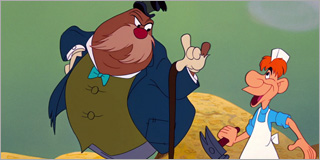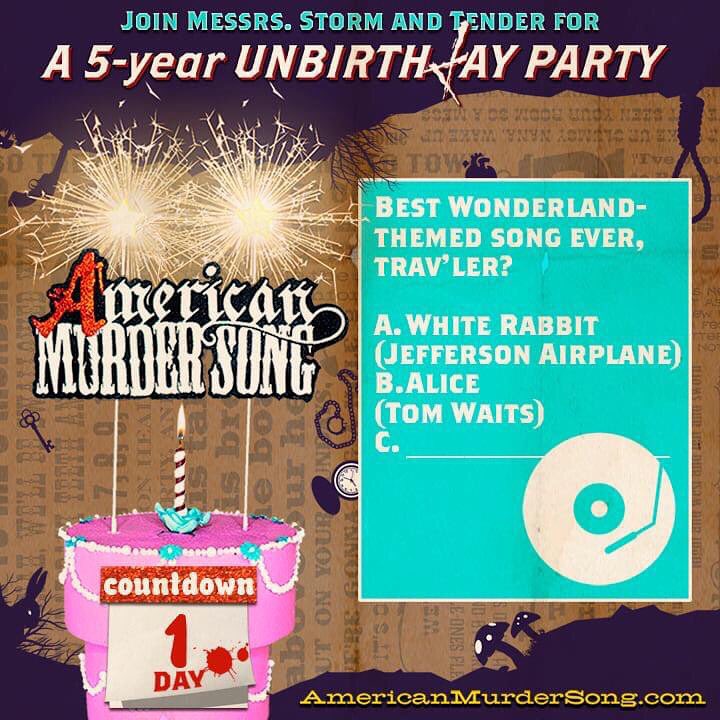


1967 – by the jazz guitarist Gábor Szabó and The California Dreamers.The song was covered in the following years: The music combined with the song's lyrics strongly suggests the sensory distortions experienced with hallucinogens, and the song was later used in pop culture to imply or accompany just such a state. In an interview with The Wall Street Journal Slick mentioned that in addition to Alice in Wonderland her other inspiration for the song was "the bolero used by Miles Davis and Gil Evans on their 1960 album Sketches of Spain." The song is essentially one long crescendo similar to that of Ravel's famous Boléro. In interviews, Slick has related that Alice in Wonderland was often read to her as a child and remained a vivid memory into her adult years.

Even Marty Balin, Slick's eventual rival in Jefferson Airplane, regarded the song as a "masterpiece". With its enigmatic lyrics, "White Rabbit" became one of the first songs to sneak drug references past censors on the radio.

Characters referenced include Alice, the hookah-smoking caterpillar, the White Knight, the Red Queen, and the Dormouse.įor Slick and others in the 1960s, drugs were a part of mind-expanding and social experimentation. It is commonly thought that these are also references to the hallucinatory effects of psychedelic drugs, such as LSD and psilocybin mushrooms. One of Grace Slick's earliest songs, written during either late 1965 or early 1966, uses imagery found in the fantasy works of Lewis Carroll: 1865's Alice's Adventures in Wonderland and its 1871 sequel Through the Looking-Glass, such as changing size after taking pills or drinking an unknown liquid. Both songs became breakout successes for Jefferson Airplane and have ever since been associated with that band. The first album Slick recorded with Jefferson Airplane was Surrealistic Pillow, and Slick provided two songs from her previous group: her own “White Rabbit” and “Somebody to Love”, written by her brother-in-law Darby Slick and recorded under the title "Someone to Love" by The Great Society. When that band broke up in 1966, Slick was invited to join Jefferson Airplane to replace their departed female singer Signe Toly Anderson, who left the band with the birth of her child. “White Rabbit” was written by Grace Slick while she was still with The Great Society.


 0 kommentar(er)
0 kommentar(er)
